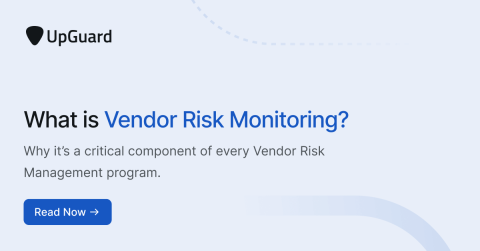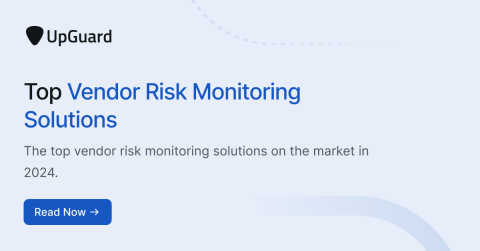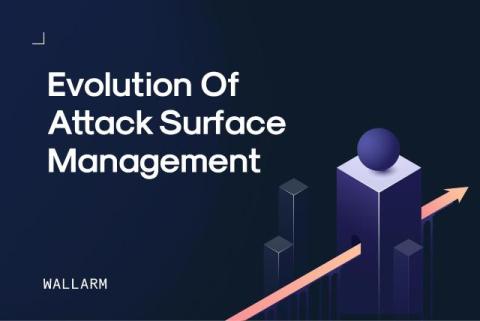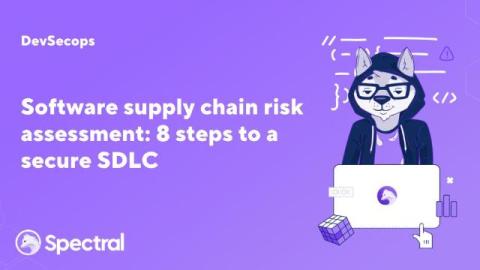What is Vendor Risk Monitoring in Cybersecurity?
Vendor risk monitoring is the process of continuously identifying, assessing, and managing security risks associated with third-party vendors. This effort is crucial to a successful Vendor Risk Management program as it ensures an organization’s third-party risk exposures remain within acceptable levels throughout each vendor's lifecycle.











